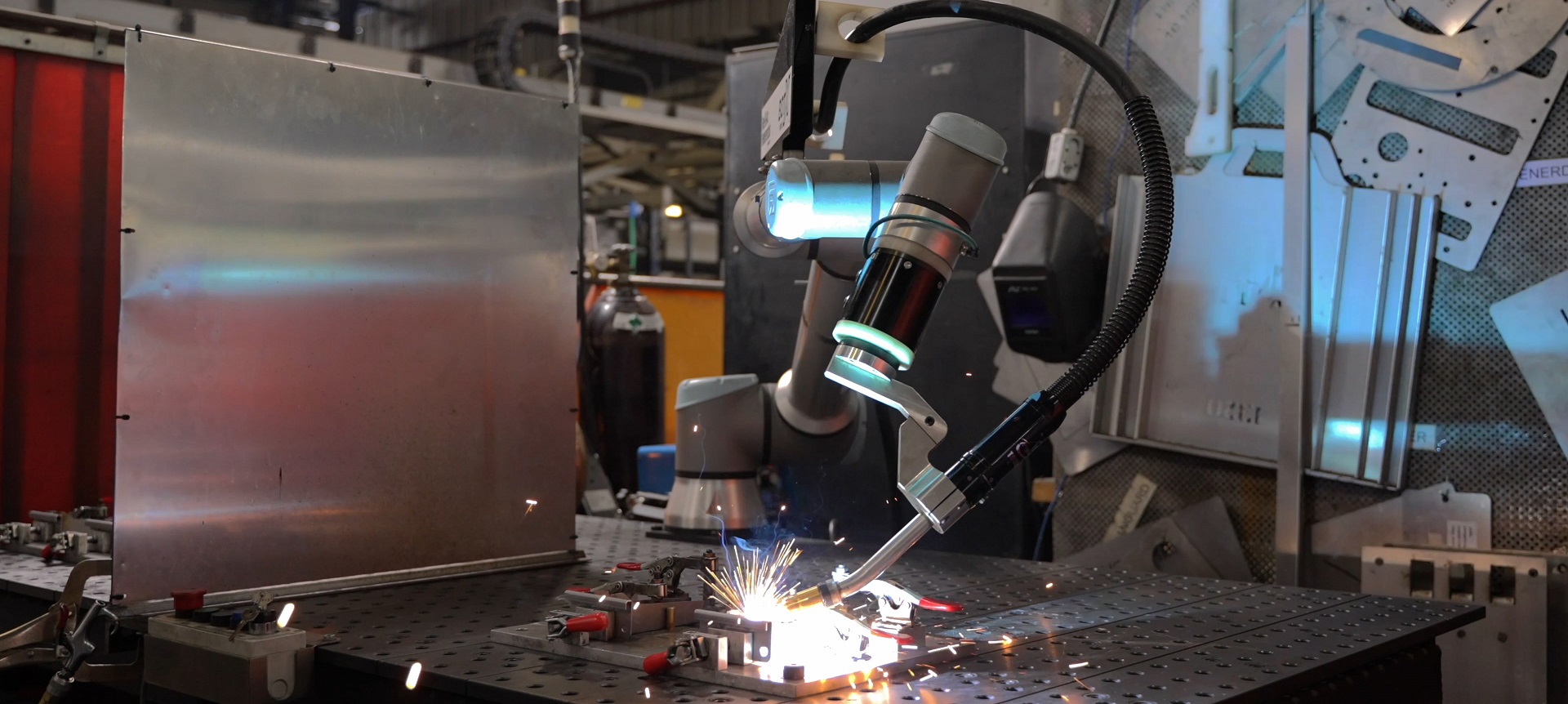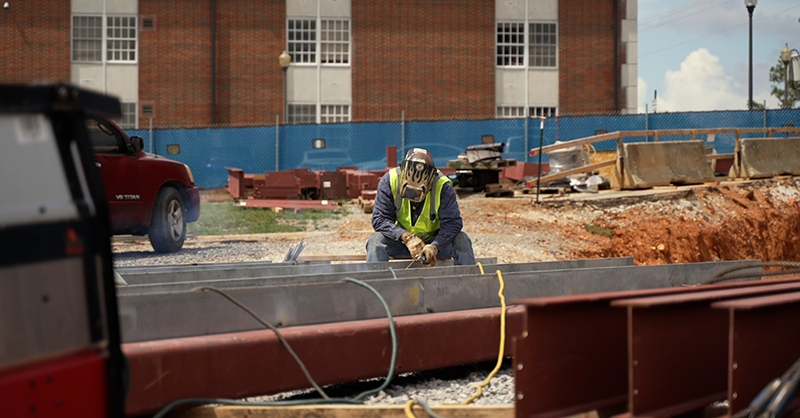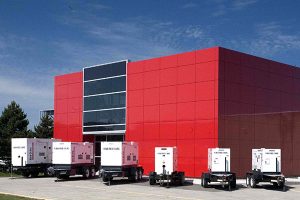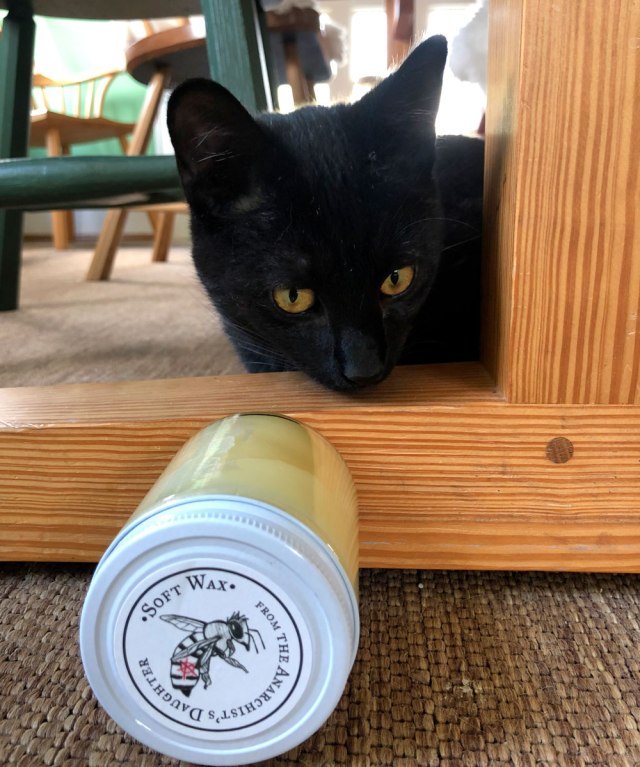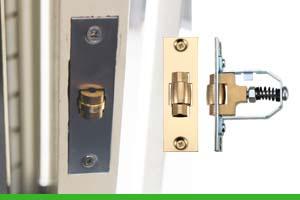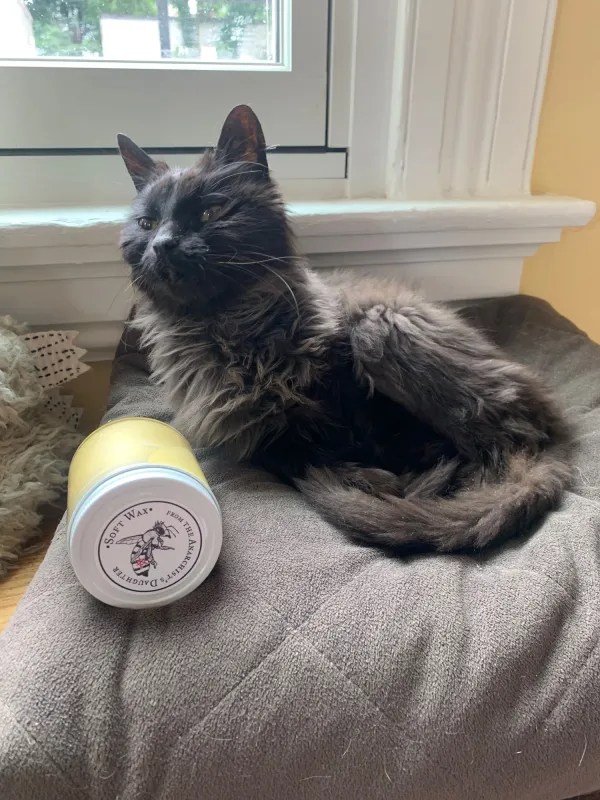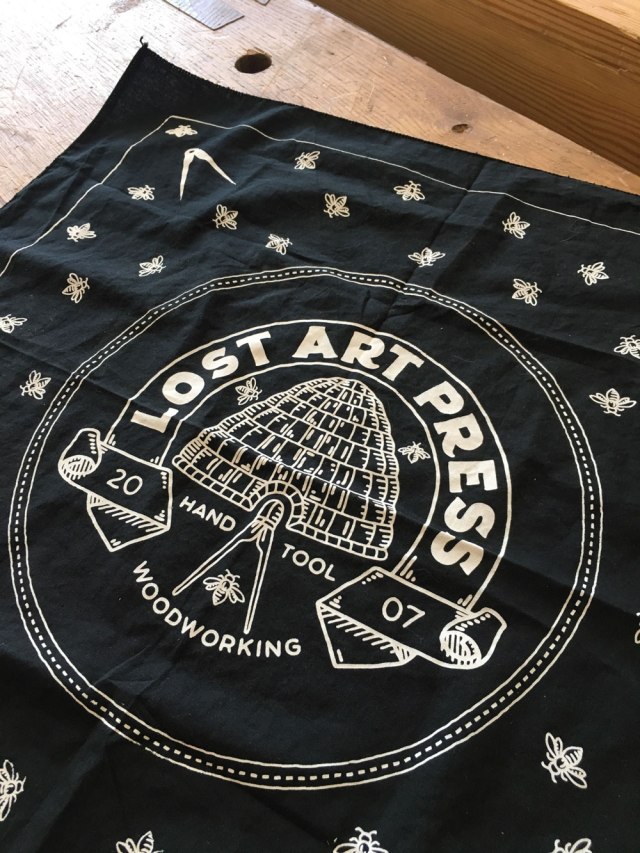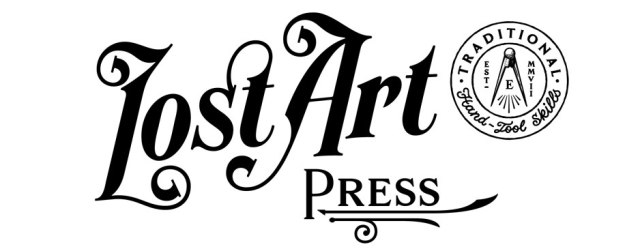How to Weld Cast Iron: MIG, TIG, Stick, and Arc Welding – Red-D-Arc Red-D-Arc
How to Weld Cast Iron: MIG, TIG, Stick, and Arc Welding
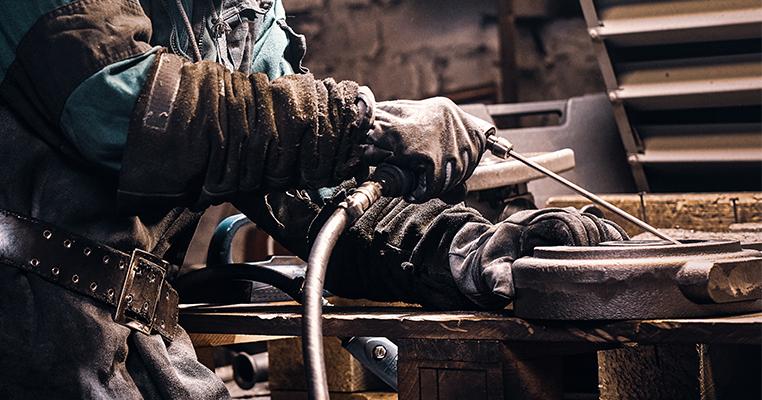
Contents
When you think about welding, you likely think primarily about steel. Steel welding is by far the biggest use case for welding around the world, but it’s also far from the only kind of metal being joined with welding.
Cast iron is also common, but it presents its own unique challenges.
Cast Iron vs. Steel
What’s the difference between cast iron and steel? Chemically, not all that much. Both types of metal are iron and carbon alloys. Where most steels have under 2% carbon content, cast iron has between 2% and 4% carbon. While this small percentage might not seem like it makes a huge difference, it actually does.
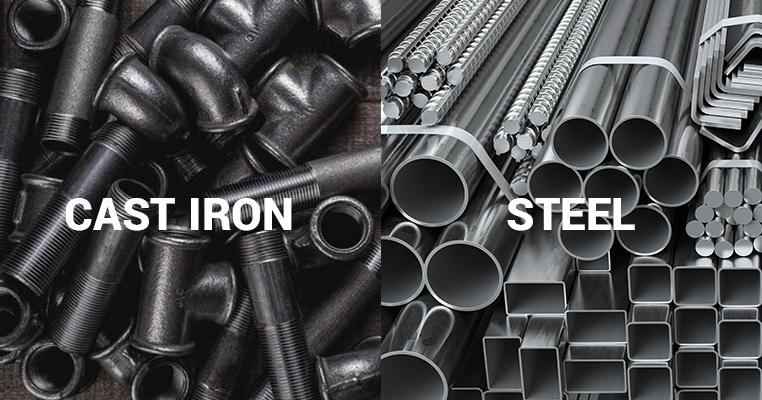
Steel is what’s known as ductile, which means that it can flex and move as it expands and contracts due to heating and cooling. In essence, it can “flex” under pressure. The higher carbon content of cast iron, however, reduces that ductility. Cast iron is strong and useful in many ways, but it’s also brittle. When exposed to those same heating and cooling cycles, it doesn’t flex and deform. It just breaks.
Thus, the greatest challenge of welding cast iron is ensuring that the weld actually takes. Often, as the metal cools and contracts, it doesn’t “stretch” the way steel would; it just cracks. These cracks mean your joint might as well not exist.
A secondary problem with cast iron welding is that the heat applied to the area – the heat affected zone – enhances the local carbon in the metal. The welded zone thus becomes even more brittle and even more likely to crack and break.
Four Kinds of Cast Iron
Just like how steel comes in many forms, there are also several different kinds of cast iron.
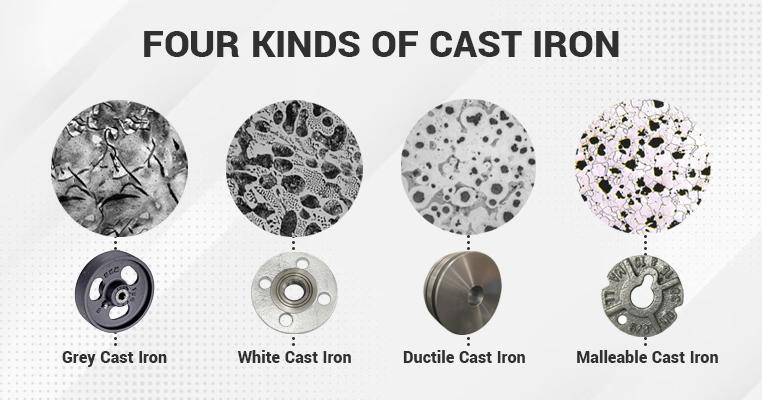
Grey Cast Iron. This is a kind of cast iron that has been processed to produce graphite in the metal. The graphite lends this kind of cast iron a high degree of thermal conductivity and makes it very resistant to wear and tear, making it a very popular metal. It’s often found in engine blocks, manifolds, and even cookware.
White Cast Iron. This kind of cast iron is more heavily and carefully processed and the graphite content is consumed in a chemical reaction producing iron carbide. This kind of cast iron is very, very wear resistant and has impressive strength against compression. However, it’s essentially impossible to weld.
Ductile Cast Iron. This is a kind of cast iron produced with the addition of magnesium. It’s somewhat more ductile or flexible than gray cast iron, and is used in items that see a lot of force put on them, like gears, crankshafts, and suspensions in vehicles.
Malleable Cast Iron. The fourth kind of cast iron is a further processed version of white cast iron, where it is treated to break the iron carbide back down into graphite. The resulting material is both malleable and ductile, and is commonly used in electrical fittings and machine parts.
The first thing you need to do when you’re welding cast iron is learn what kind of cast iron you’re working with. You can weld all but white cast iron, though the challenge level and the risks you face will be different for each. Most of the time, though, you’ll be faced with gray cast iron.
The Best Process for Welding Cast Iron
While there are a variety of different processes available for welding, only a couple of them are really viable for cast iron.
Among the common welding processes, stick/SMAW is the go-to process for cast iron. You need the correct kind of “stick” for the application. Other traditional processes, like MIG and TIG, are much more likely to fail in the welding process. For example, TIG tends to have very localized heat-affected zones, which means a stark temperature gradient between the work area and the rest of the piece, which in turn leads to further cracking and failure of the weld.
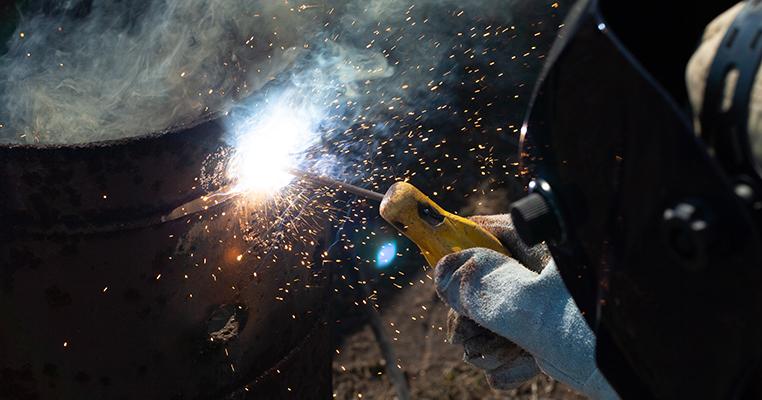
The second option is to use oxyacetylene welding. Since this kind of welding uses direct heat application from a torch rather than an electrical arc, the heat affected zone is larger, reducing the temperature gradient and helping to prevent further damage to the workpiece.
A third option is brazing. Brazing doesn’t melt the original workpiece and mix it into a weld pool for a joint; instead, it melts material to the outside of the workpiece and creates a more mechanical joint. Brazing is useful for certain kinds of repairs, but the lack of comprehensive joints and the comparative weakness of the brazing material means it’s not suitable for workpieces that need to resist further damage.
In general, you’re going to want to use stick welding to handle cast iron projects, unless you have a good reason otherwise.
Preparing Cast Iron for Welding
If you have a piece of cast iron you need to weld, the first thing you need to do – after identifying the kind of iron and choosing a process, that is – is to prepare the part for welding. This involves three things:
- Cleaning the part.
- Preparing the surface.
- Preheating the material.
Cleaning the part is the easiest part of the process, but it’s also absolutely essential to get it right. All oils, greases, paints, casting skin, residual graphite, and anything else on the surface of the iron must be removed prior to welding. Otherwise, this contamination will leave an inclusion in the joint, compromising its strength. You will likely need to use a combination of mechanical action (a steel brush, for example) and chemical action (like mineral spirits) to remove all potential contamination from the welding area.
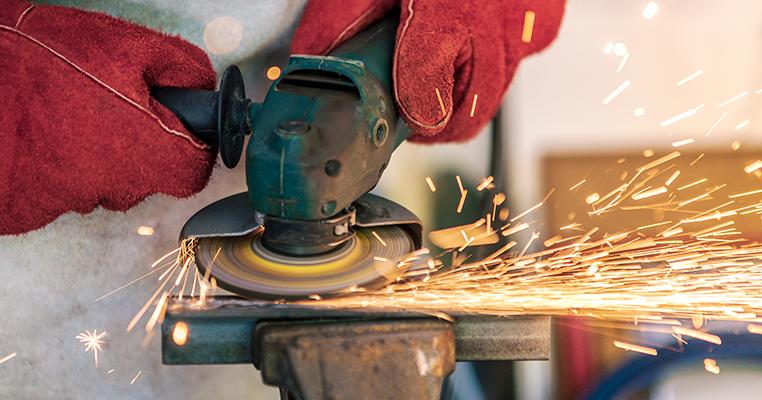
Preparing the surface means grinding away at the crack or break in the piece to create a groove for proper welding. Typically, a simple 60-90-degree V groove is all that’s necessary. These help ensure proper depth and penetration of the weld. More complex pieces may need different preparations, however.
The most important element of a successful preparation, however, is preheating.
Preheating Cast Iron for Welding
When cast iron is subject to the intense heat of welding, the stark difference in temperature between the heat affected zone and the rest of the workpiece leads to cracking. To help prevent this, preheating is usually necessary.
There are a variety of different ways to preheat a piece of cast iron prior to welding.
- Using a torch with careful, even application to gradually heat the entire piece.
- Using an oven set to a high enough temperature to gradually heat the entire workpiece to the appropriate temperature.
- Using an induction heater to apply heat using induction for a faster pre-heat.
While you might want to go as fast as possible to get to your job as quickly as you can, this isn’t always a good thing. Faster heating increases the risk of further damage, particularly on workpieces that are not uniform in thickness throughout.
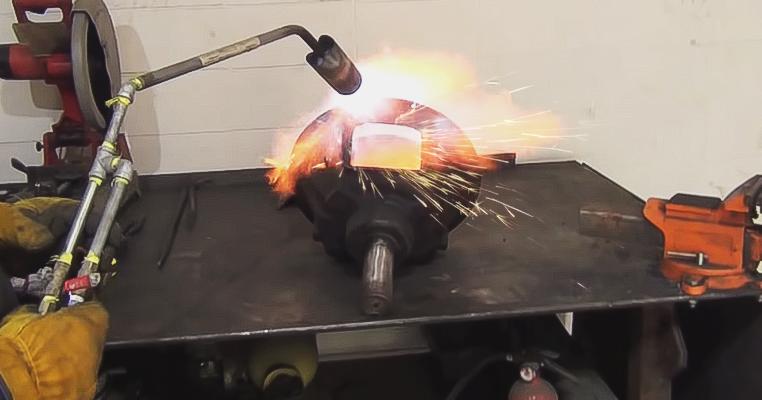
The type of cast iron, the type of filler, the type of process, and the type of repair you’re performing all affect the temperature you should aim for with your preheat. Generally, you’re aiming for somewhere between 100 degrees and 400 degrees C. There’s no easy rule of thumb to write here; you just need to take all of the factors into consideration and know what kind of temperatures you need to reach to avoid cracking.
Note: It’s equally important that, when you’re done with your weld, you bring the workpiece back to room temperature slowly. Fast cooling will create thermal gradients between thicker and thinner parts of the workpiece and along the edges of the heat affected zone, and can lead to further damage. Often, ovens are used as ways to control the cooling of a workpiece.
Once you have cleaned, prepared, and preheated your workpiece, you’re ready to weld.
Choosing an Electrode for Stick Welding Cast Iron
If you’ve chosen to stick weld your cast iron workpiece – and you likely have, given that it’s the most effective of the viable methods – you need to pick the right kind of electrode for your piece. You basically have to pick between two primary considerations: the appearance of the finished product, and the strength of the weld.
If you have to match the color of the item, you’re going to want to pick a cast iron electrode filler itself. This is often best done with oxyacetylene welding rather than stick welding, though stick welding is still possible. Here’s a rundown of the various options you have:
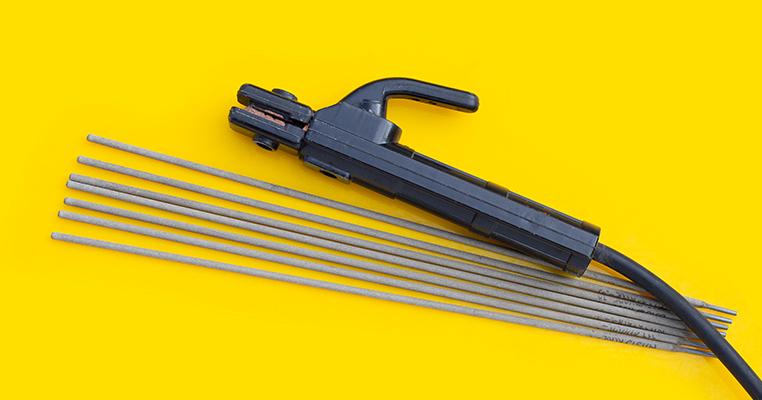
Cast Iron. Cast iron fillers are usually made of gray cast iron and are best used with oxyacetylene welding processes. They’re best for color matching but aren’t as good for strength.
Nickel. The most popular kind of filler for stick welding, nickel fillers are excellent for strong welds with a better thermal coefficient. They can also be peened (more on that later).
Nickel-Iron. NiFe fillers are good for repairing ductile cast iron and gray cast iron. They can also be used to join cast iron to other kinds of iron, when that’s necessary.
Nickel-Iron-Manganese. NiFeMn fillers are essentially the same as nickel-iron fillers, except the addition of manganese makes them somewhat more resistant to cracking after the weld is completed.
Nickel-Copper. This produces a softer, peenable weld and usually has good color match while still being a strong weld. This is also the best go-to filler for when you’re welding cast iron of an unknown composition.
There are also copper-tin and copper-aluminum alloy filler materials that can be used for particular applications, like anti-seizing and surfacing on cast iron items.
What is Peening a Cast Iron Weld?
A quirk of how cast iron works – and how cracks form when the material is cooling – is that it’s susceptible to a process called peening.
Cracking happens when the material contracts as it cools, pulling away from itself, usually along microscopic “seams” where carbon flakes are embedded in the iron. However, while the metal is still relatively soft and malleable, it can be compressed to reduce the chances of the weld cracking. This compression is easy to apply; all you need is a ball-peen hammer. Using moderate strikes with this hammer along the weld bead, while the weld is still soft, will apply this compression and can reduce the chances of the weld cracking as it cools further.
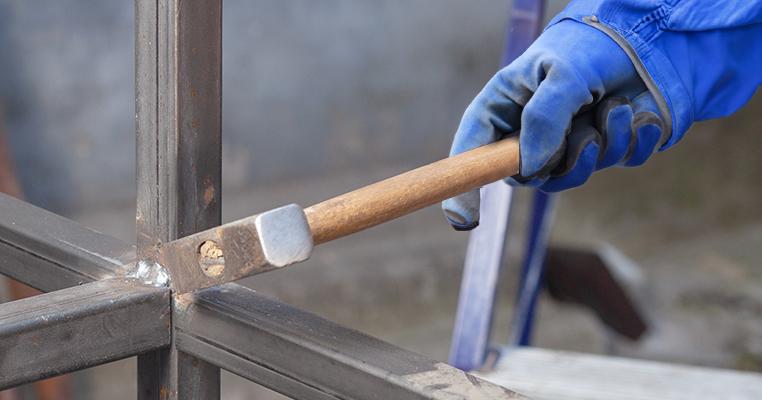
However, peening only works on the softer, more ductile kinds of cast iron. For more brittle cast irons, all you’re likely to do is introduce cracks yourself.
Peening can also be less than ideal if the final appearance of the item needs to be smooth. Unless you’ve deposited enough excess material that you’ll be grinding some away to smooth it out, peening is going to leave indentations that will be a sign of a repair, even under a coating.
Post-Weld Cooling
As mentioned above, slower, more gradual cooling of a cast iron item helps reduce the chances of it cracking through sudden thermal gradients.
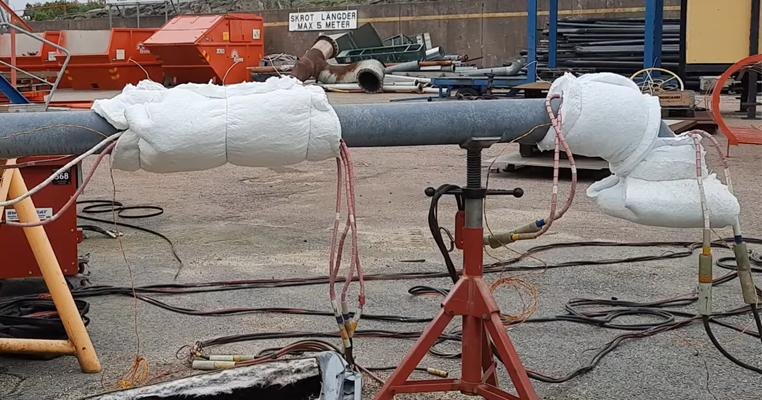
The easiest way to do this is simply with insulative materials wrapped around the workpiece, but in some cases, additional items like ovens can be used to gradually reduce heat. The greater the risk of cracking, the more control you need over cooling.
Picking the Right Welding Tools
Since the ideal means of welding cast iron is through stick welding, you need a good stick welder that can handle the job for you. Fortunately, we’re here with plenty of options for you. We have a range of different stick welders, as well as multi-process welding equipment that can handle stick welding as one of their many processes.
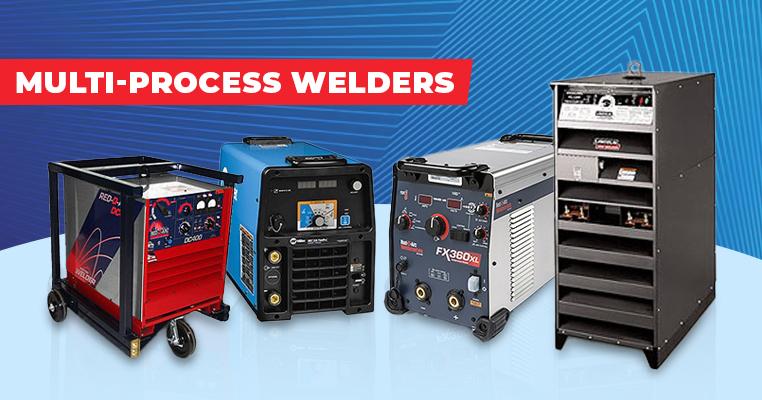
We know it’s often difficult to evaluate whether or not a welding machine is right for you, especially when all you have is a spec sheet on a website. That’s why we offer rental equipment; you can rent a welder, try it out, and decide if you like it or not. If you do, you can continue renting it, or purchase a used version from us. If you don’t like it, you can return it and try a different machine instead.
If you aren’t sure what kind of welding equipment you need – or you aren’t even sure what’s out there – you can reach out and ask us directly. Our experts in all things welding are standing by to help answer any questions you may have.

Red-D-Arc Welderentals™ an Airgas company rents and leases welders, welding positioners, welding-related equipment, and electric power generators – anywhere in the world. Our rental welders, positioners and specialty products have been engineered and built to provide Extreme-Duty™ performance and reliability in even the harshest environments, and are available through over 70 Red-D-Arc Service Centers, strategically located throughout the United States, Canada, the United Kingdom, France, and the Netherlands, as well as through strategic alliances in the Middle East, Spain, Italy, Croatia, and the Caribbean. From our rental fleet of over 60,000 welders, 3,700 weld positioners, and 3,700 electric-power generators, we can supply you with the equipment you need – where you need it – when you need it.

